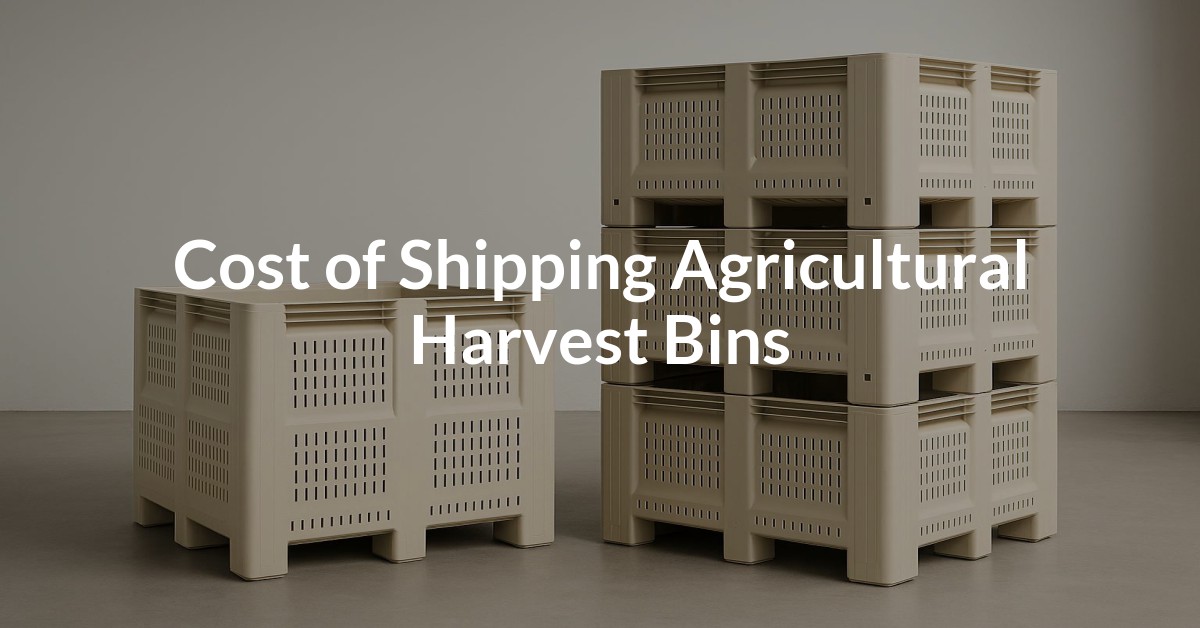Shipping agricultural harvest bins requires understanding the appropriate freight class to ensure optimal transport and pricing. As key components in the agricultural supply chain, harvest bins play a crucial role in collecting and transporting crops. Recognizing the unique shipping requirements of these bins can help secure safe, efficient, and cost-effective logistics solutions.
Understanding Freight Classifications for Harvest Bins
Freight class is a crucial component in determining shipping rates for less-than-truckload (LTL) shipments. It is based on factors such as weight, dimensions, density, stowability, handling, and liability. For agricultural harvest bins, accurately identifying the freight class ensures you get the best pricing and a smooth shipping process.
Full Truckload (FTL) and Less Than Truckload (LTL) Shipping Options
Freight Sidekick provides flexible shipping options for agricultural bins through both FTL and LTL services. For larger shipments, Full Truckload services like Dry Van, Flatbed, or Step Deck may be preferable, while LTL is ideal for smaller quantities. Choosing the right service can optimize costs and meet your specific logistical needs.
Dimensions and Weight Considerations
Understanding the dimensions and weight of your harvest bins is critical for determining the freight class. Bins typically vary in size, which affects the total weight and density—two factors that are pivotal in freight classification. Ensuring accurate measurements can aid in selecting the right shipping service.
Loading and Unloading Procedures
Proper loading and unloading procedures are essential for the safe transport of agricultural bins. Ensure that personnel are trained in handling these containers, using appropriate equipment such as forklifts or cranes when necessary. Keeping these procedures in check reduces risks and prevents damage.
Cost-Saving Strategies for Shipping
To save on shipping costs, consolidate shipments when possible and ensure accurate freight classification. Employing efficient packaging techniques and negotiating rates for regular shipments can also contribute to cost reductions.
Technical Considerations for Selecting Freight Services
When deciding on freight services, consider technical factors such as equipment needs, weight and dimension restrictions, and safety protocols. For example, Flatbed or Drop Deck options can accommodate larger bins that require special handling. Additionally, making use of tools like our Freight Quote Tool can provide insights into potential costs and service selections.
Get Personalized Assistance for Shipping Agricultural Harvest Bins
Securing the right freight services for shipping agricultural harvest bins ensures they arrive safely and on time. Get a quote today, call us at 877-345-3838 or email support@freightsidekick.com to get personalized assistance from our expert team.











